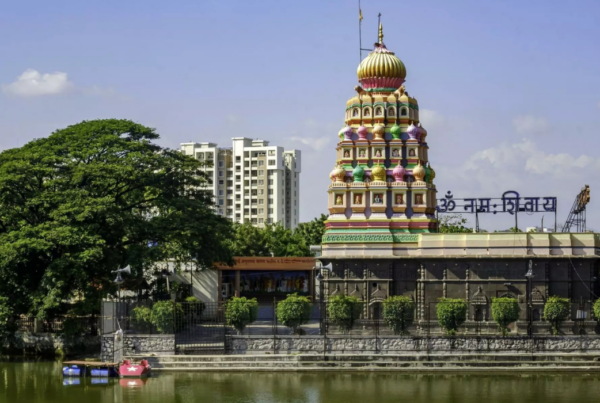Himachal Pradesh, nestled in the lap of the Himalayas, houses an array of sacred sites revered by Hindus as Shakti Peethas. These divine spots hold immense spiritual significance, attracting pilgrims seeking blessings and solace. Let’s explore these five revered Shakti Peethas in Himachal Pradesh.
How Many Shakti Peethas?
In Hindu mythology, it’s believed that there are 108 Shakti Peethas, sacred sites dedicated to goddess worship. While many revered locations are found in India, Nepal boasts two, Bangladesh has seven, Pakistan has three, and Sri Lanka and Tibet each have one Shakti Peetha.
Story Behind Shakti Peethas
Sati, the daughter of King Daksha and the first consort of Lord Shiva faced a tragic fate due to her father’s disregard for her husband. During a grand yagna organized by King Daksha, Sati expressed her desire to attend despite not being invited, causing initial hesitation from Lord Shiva, who warned her against it.
Despite Shiva’s concerns, Sati attended the yagna, where she received no welcome due to being uninvited. King Daksha openly disrespected both Shiva and Sati. Unable to bear her father’s insults towards her beloved husband, Sati immolated herself at the yagna.
Enraged by this tragedy, Lord Shiva’s fury knew no bounds, leading him to destroy Daksha’s yagna. Overwhelmed by grief, Shiva carried Sati’s charred body on his shoulders and began wandering across the world.
To pacify Shiva’s uncontrollable rage, Lord Vishnu intervened and used his Chakrayudha (discus) to dismember Sati’s body. As each part of Sati’s body fell from Shiva’s shoulders, his fury gradually subsided. He then declared that where each piece of Sati’s body fell would be revered as a Shakti Peetha, marking sacred spots of cosmic significance.
Shakti Peethas in India
India hosts multiple Shakti Peethas, each linked to a specific body part of Sati. Among them, Himachal Pradesh boasts five prominent Shakti Peethas that draw pilgrims and tourists alike.
5 Shakti Peethas in Himachal Pradesh
Chintpurni
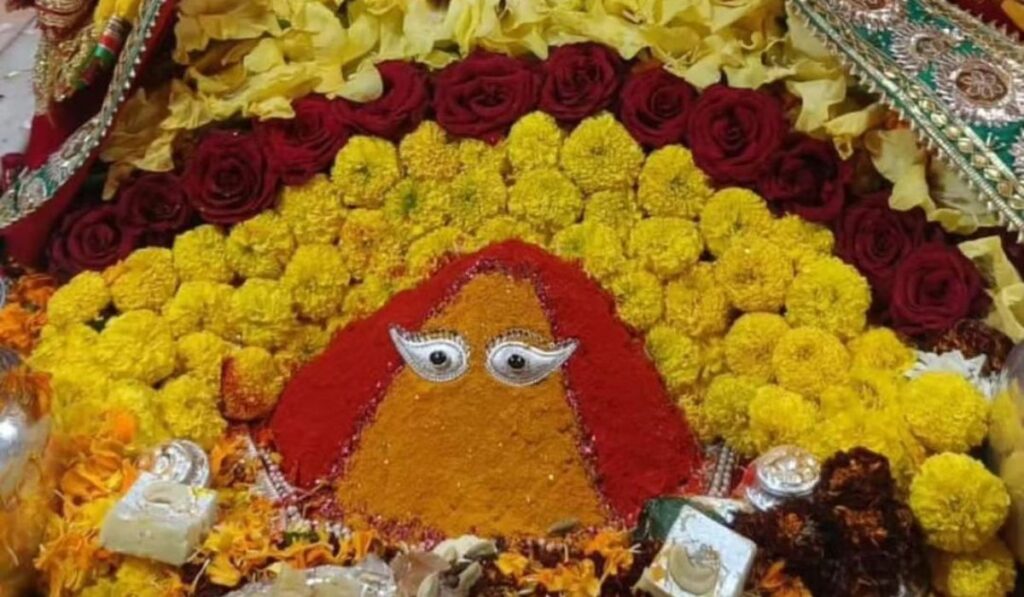
Chintpurni, one of the revered Shakti Peethas, is known for granting wishes and relieving devotees from worries. The temple is dedicated to Mata Chintpurni, who is believed to fulfill the desires of her devotees.
How to Reach Chintpurni:
- By Air: The nearest airport is Gaggal Airport in Kangra, which is approximately 70 kilometers away.
- By Train: The nearest railhead is Una, around 55 kilometers from Chintpurni.
- By Road: Regular bus services and taxis connect Chintpurni to nearby cities.
From Delhi: Chintpurni is around 400 kilometers from Delhi and can be reached via road within 8-9 hours.
From Chandigarh: The distance is approximately 180 kilometers, taking around 4-5 hours by road.
Jwala Ji
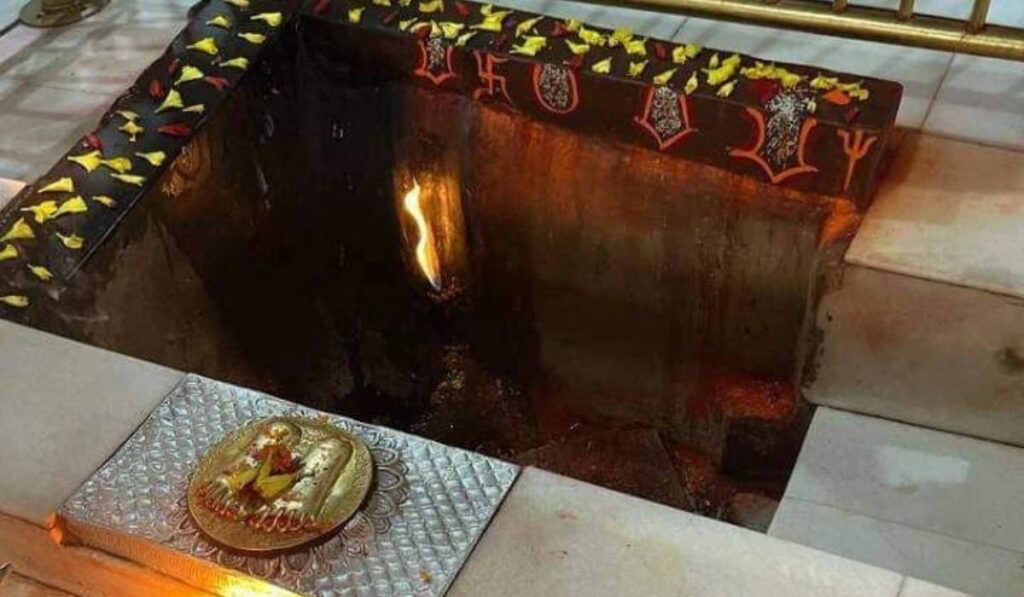
Jwala Ji Shakti Peetha is famous for the eternal flame that burns without any natural fuel source. Devotees worship the Goddess Jwalamukhi, believed to embody the flaming mouth of Sati.
How to Reach Jwala Ji:
- By Air: Gaggal Airport in Kangra is the nearest airport, which is around 50 kilometers away.
- By Train: The closest railhead is Kangra Mandir, which is approximately 30 kilometers from Jwala Ji.
- By Road: Buses and taxis are available from nearby towns and cities.
From Delhi: Jwala Ji is approximately 460 kilometers from Delhi and accessible via road, taking around 9-10 hours.
From Chandigarh: The distance spans about 210 kilometers and typically takes around 5-6 hours to travel by road.
Bajreshwari Temple
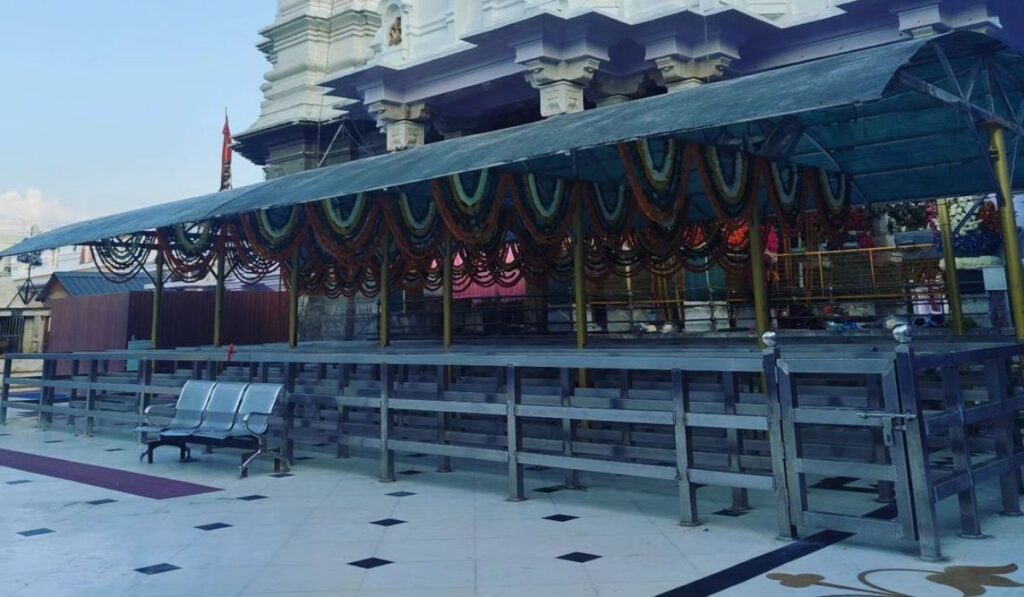
The Bajreshwari Temple in Kangra dedicates itself to Goddess Bajreshwari as a revered Shakti Peetha. It holds significance in Hindu mythology and draws devotees to seek blessings and fulfill their desires.
How to Reach Bajreshwari Temple:
- By Air: Gaggal Airport in Kangra is the nearest airport, approximately 13 kilometers away.
- By Train: The nearest railhead is Kangra Mandir, just 3 kilometers from the temple.
- By Road: Well-connected through roadways, buses and taxis are readily available.
From Delhi: Bajreshwari Temple is about 475 kilometers from Delhi, accessible via road within 9-10 hours.
From Chandigarh: The distance is around 250 kilometers, taking approximately 5-6 hours by road.
Chamunda Devi
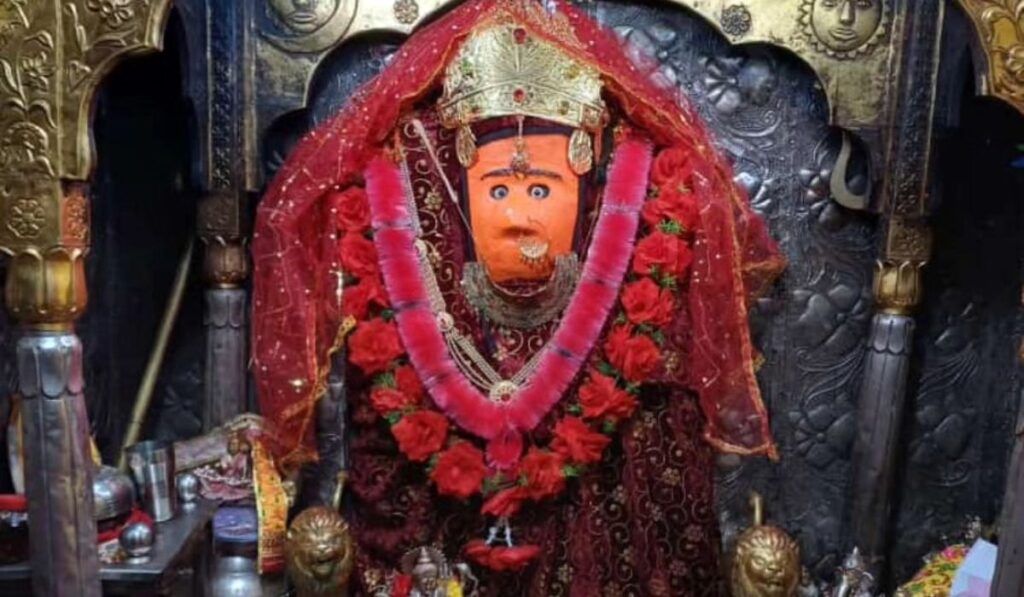
The Chamunda Devi Temple, surrounded by the scenic beauty of the Himalayas, venerates Goddess Chamunda. It’s a revered Shakti Peetha where devotees seek strength and divine blessings.
How to Reach Chamunda Devi:
- By Air: Gaggal Airport in Kangra is the nearest airport, approximately 20 kilometers away.
- By Train: The closest railhead is Kangra Mandir, which is 25 kilometers from Chamunda Devi.
- By Road: Well-connected through roads with regular bus services and taxis.
From Delhi: Chamunda Devi is approximately 500 kilometers from Delhi, accessible via road in 10-11 hours.
From Chandigarh: The distance is about 250 kilometers, taking around 5-6 hours by road.
Naina Devi
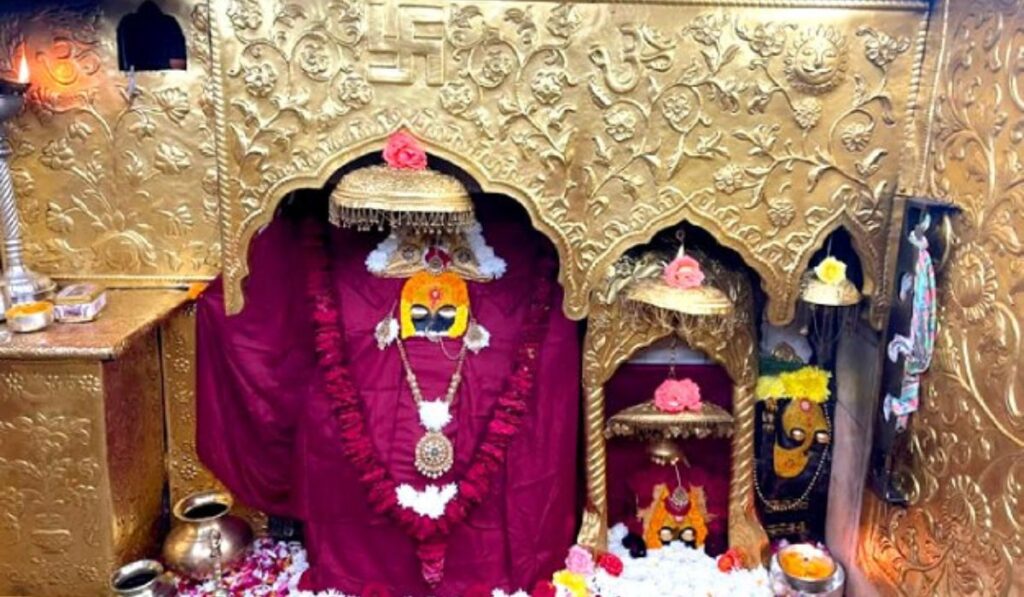
The Naina Devi Temple, situated atop a hill, honors Mata Naina Devi and is believed to mark a Shakti Peetha where the eyes of Goddess Sati are said to have fallen.
How to Reach Naina Devi:
- By Air: Chandigarh Airport is the nearest airport, approximately 100 kilometers away.
- By Train: Anandpur Sahib Railway Station is the closest, around 30 kilometers from Naina Devi.
- By Road: Well-connected through roads with buses and taxis available.
From Delhi: Naina Devi is around 370 kilometers from Delhi, accessible by road in 7-8 hours.
From Chandigarh: The distance is about 120 kilometers, taking approximately 3-4 hours by road.
Conclusion
Himachal Pradesh’s Shakti Peethas are not just spiritual sites; they also showcase the region’s rich cultural heritage. Pilgrims and tourists visiting these sacred places experience a blend of faith, history, and natural beauty.
FAQs
What are Shakti Peethas?
Hindus revere Shakti Peethas as sites where body parts of the goddess Sati fell, symbolizing the cosmic power of the divine feminine.
Are these Shakti Peethas accessible year-round?
Yes, most of these Shakti Peethas in Himachal Pradesh are accessible throughout the year. However, we recommend checking local conditions before planning your visit.
Are there any specific rituals or practices at these Shakti Peethas?
Devotees usually offer prayers, perform aartis (rituals involving fire or lamps), and seek blessings. Each temple has its unique ways, often involving specific offerings and prayers.
Can non-Hindus visit these sacred sites?
Yes, these sites are open to people of all faiths. Visitors should respect the sanctity and customs of these places.
Are accommodations available near these Shakti Peethas?
Various accommodation options include hotels, guesthouses, and Dharamshala (pilgrim rest houses) near these temples.
Can visitors take photographs at these temples?
Photography policies vary at different temples. Some temples allow photography outside the sanctum sanctorum, while others may have restrictions on photography.
Do local legends associate with these Shakti Peethas?
Yes, each Shakti Peetha has its local legends and stories linked to its establishment, significance, and the divine presence of the goddess.
Do these sites have any historical significance?
Many of these temples have historical importance, with architecture and structures that date back centuries, showcasing regional history and cultural evolution.
What is the best time to visit these Shakti Peethas?
The best time to visit is during festivals, especially Navratri and other auspicious occasions. However, spring and autumn are generally favorable, considering the weather and crowds.
Do these Shakti Peethas celebrate any local festivals?
Yes, these temples celebrate festivals like Navratri, Diwali, and other regional festivals with great zeal and enthusiasm, attracting many devotees.







